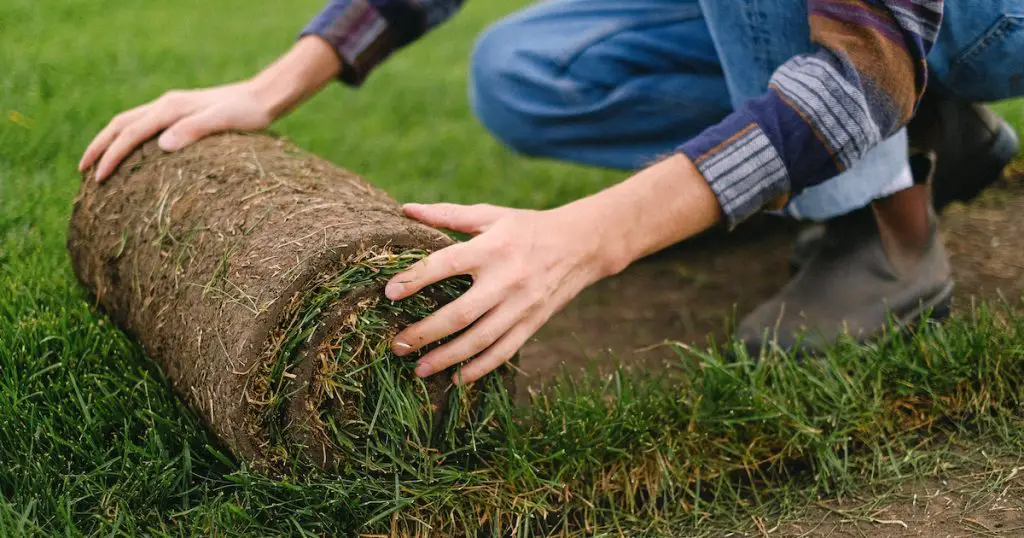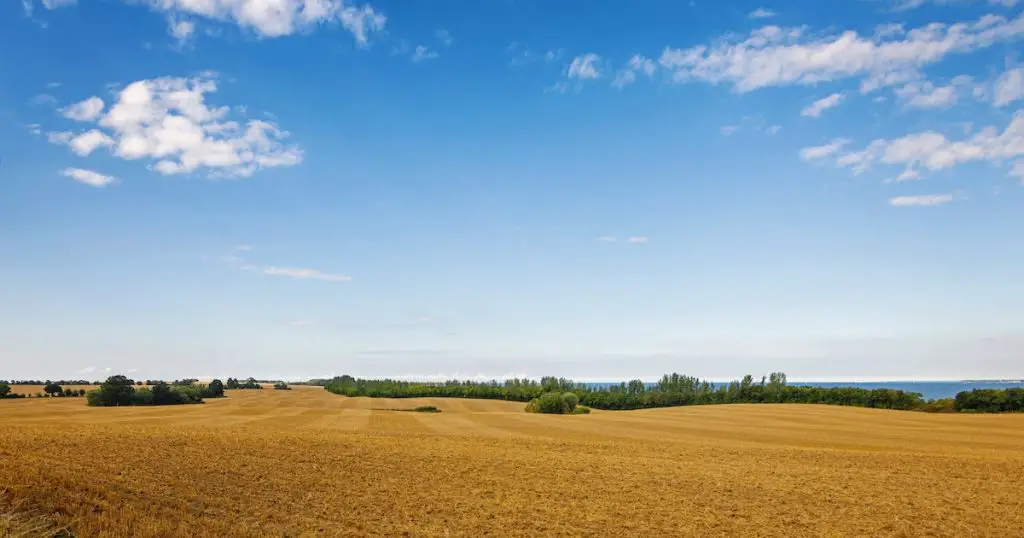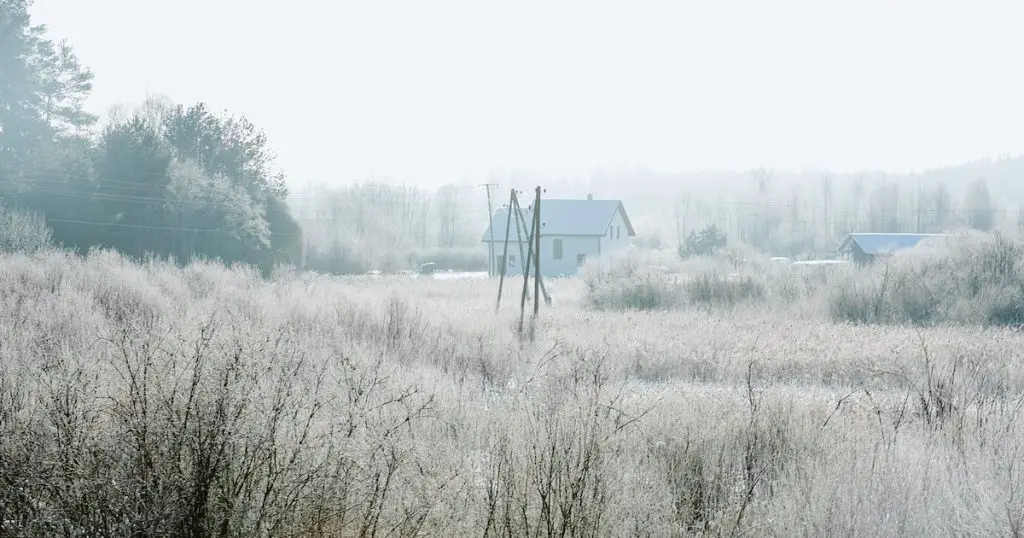Choosing the right grass seed for your lawn in Prescott Valley, AZ is much like selecting the right pair of shoes. When it fits well, it provides comfort and enhances the overall appearance. In the same way, choosing the right grass seed depends on a variety of factors, including the unique climate and soil conditions of Prescott Valley.

This article aims to provide comprehensive insights about the best grass seed for Prescott Valley, AZ, helping you transform your lawn into a lush, green paradise.
The Importance of Choosing the Right Grass Seed
The vitality of your lawn greatly depends on the type of grass seed you select. It’s not merely about choosing any grass seed, but the one that suits the local conditions for successful growth. The right grass seed can withstand the local weather, pests, and diseases while providing a lush, green carpet for your landscape.
A suitable grass type also significantly impacts water consumption and maintenance efforts. It can enhance your lawn’s drought tolerance and resistance to local pests and diseases, thereby reducing your time, effort, and resources spent on lawn care.
Grass seed selection, therefore, is a critical decision. But worry not! Armed with the right knowledge, it can be quite straightforward.
Soil Conditions in Prescott Valley

Before we delve into grass varieties, let’s take a moment to understand the local soil conditions in Prescott Valley. Typically, the soil here tends to be alkaline with low organic matter content. Furthermore, it may contain clay, which can compact easily and challenge root growth.
These soil characteristics greatly influence the choice of grass seed. Certain grass varieties grow better in alkaline soil, while others might require soil amendments to thrive. Understanding the soil type and its characteristics is the first step to selecting the right grass seed.
Climate Conditions in Prescott Valley
Just as crucial as soil conditions are the climate conditions. Prescott Valley’s high-desert climate presents a unique set of challenges and advantages when it comes to lawn care. With temperature ranges from cold winters to hot summers, along with variable precipitation patterns, the climate can impact grass growth significantly.
Certain grass species are highly adaptable to these climatic conditions. They have developed traits to withstand hot, dry summers and cold, freezing winters. Identifying these grass species is essential for a thriving lawn in Prescott Valley.
In the next sections, we will explore the grass types suitable for warm, cool, and transition season growth, focusing on their characteristics, pros, and cons.
Overview of Grass Types for Prescott Valley
When it comes to grass varieties suitable for Prescott Valley, we can categorize them into three primary types: warm-season grasses, cool-season grasses, and transition zone grasses.
Warm-season grasses are those that thrive in high temperatures and abundant sunlight, common characteristics of a Prescott Valley summer.
Cool-season grasses, on the other hand, are more suitable for regions with cold winters and milder summers. Lastly, transition zone grasses are versatile species that can adapt to a wide range of conditions, bridging the gap between the warm and cool-season varieties.
Best Warm-Season Grasses for Prescott Valley

One of the most popular warm-season grasses in Prescott Valley is Bermuda grass. Known for its dense, green coverage and rapid growth, Bermuda grass can thrive in high heat and handle heavy foot traffic. However, it requires ample sunlight and might not be the best fit for shaded areas. Furthermore, Bermuda grass may demand more frequent mowing due to its rapid growth rate.
Another suitable warm-season grass is Zoysia grass. It offers thick, carpet-like coverage with a slower growth rate than Bermuda grass, leading to less frequent mowing requirements. Its deep root system allows for good drought tolerance. However, Zoysia grass may take longer to establish, requiring a bit of patience.
Lastly, Buffalograss could be a good fit for those seeking a low-maintenance lawn. It’s a native grass species with excellent heat and drought tolerance. The downside? Buffalograss may not provide as lush a green carpet as the other two varieties, and it could struggle in heavily trafficked areas.
Best Cool-Season Grasses for Prescott Valley
Kentucky bluegrass is a favorite among cool-season grasses. Known for its beautiful, rich green color, and fine texture, it provides a lush lawn when temperatures are mild. While it does need a fair amount of sunlight, it can tolerate some shade. It’s important to note, though, that Kentucky bluegrass may require additional watering during dry, hot summers.

Fine fescue is another cool-season grass that could work well in Prescott Valley. It’s an adaptable grass species, able to tolerate shade and varying soil conditions. Its fine blades offer a dense and plush lawn. However, it may not be the best choice for high-traffic areas due to its lower wear resistance.
Lastly, perennial ryegrass could be a good fit for a lawn that experiences a lot of foot traffic. It’s a hardy grass species with a quick germination rate, providing a dense, lush lawn. However, it might require additional watering during periods of drought.
Best Transition Zone Grasses for Prescott Valley
In the transition zone category, Tall Fescue makes a standout choice. Its deep root system allows for excellent heat, drought, and cold tolerance, making it suitable for Prescott Valley’s diverse climate conditions. This grass species provides a thick, lush lawn, although it might need overseeding occasionally to maintain its density.
Another grass species worth considering for the transition zone is the Thermal Blue Hybrid. This grass variety combines the best of both Kentucky bluegrass and tall fescue, offering a durable and attractive lawn that can withstand heat and cold alike.
Evaluating Grass Seed Brands
With the variety of grass types in mind, it’s essential to consider the grass seed brand. Look for brands that offer high-quality, certified seeds. Check for disease resistance, germination rate, and purity of the seed.
Popular brands like Scotts, Pennington, and Jonathan Green offer high-quality grass seeds suitable for Prescott Valley. These brands provide a range of options for different grass species, so you can select one that fits your local soil and climate conditions best.
Expert Tips for Grass Seeding in Prescott Valley
Now that you’re familiar with the best grass types and brands for Prescott Valley, here are some expert tips to guide your grass-seeding process. The best time to seed your lawn depends on the grass type. Warm-season grasses do best when planted in late spring or early summer, while cool-season grasses prefer early fall.
Soil preparation is key to successful seeding. Remove any weeds or debris from the area and loosen the top layer of soil. You can also consider adding compost or a starter fertilizer to enrich the soil.
Watering is equally crucial for grass seed germination. After planting, keep the soil consistently moist but avoid overwatering. Once the grass starts to grow, you can gradually reduce the watering frequency but increase the amount of water each time, encouraging deep root growth.
Alternatives to Traditional Grass Lawns
Traditional grass lawns, while beautiful, can be resource-intensive. If you’re considering alternatives that require less maintenance and water, there are a couple of options to explore.
One such alternative is artificial turf. It offers a green, manicured look year-round without any watering, mowing, or fertilizing. However, it might not feel as natural, and the upfront cost can be higher than seeding a lawn.
Another sustainable alternative is xeriscaping, a landscaping method that utilizes native, drought-resistant plants to reduce the need for irrigation. This method embraces the natural beauty of the local flora and can create a unique, low-maintenance landscape that’s in harmony with the local environment.
Frequently Asked Questions
In this section, we will be delving into some of the most common inquiries and curiosities that surround our topic.
HOW OFTEN SHOULD I WATER MY LAWN IN PRESCOTT VALLEY?
Watering frequency depends on the grass type and the local weather. Generally, it’s best to water deeply and infrequently to encourage deep root growth. During hot and dry periods, you may need to water more frequently.
CAN I GROW GRASS IN PRESCOTT VALLEY WITHOUT IRRIGATION?
While all grass types need some amount of water to grow, certain varieties like Bermuda grass and Buffalograss have good drought tolerance and may grow with minimal irrigation, especially during the rainy season.
WHAT’S THE BEST TIME TO PLANT GRASS SEED IN PRESCOTT VALLEY?
The best time to plant depends on the grass type. Warm-season grasses are best planted in late spring or early summer, while cool-season grasses prefer early fall. This gives them enough time to establish before the extreme temperatures hit.
HOW CAN I MAKE MY LAWN MORE WATER-EFFICIENT IN PRESCOTT VALLEY?
You can make your lawn more water-efficient by choosing drought-tolerant grass species, watering deeply but infrequently, and mulching your lawn to retain moisture.
IS IT BETTER TO SEED OR SOD IN PRESCOTT VALLEY?
Both methods have their pros and cons. Seeding is generally cheaper and offers a wider variety of grass types, but it takes longer for the lawn to establish. Sodding provides an instant lawn, but it can be more expensive and offers fewer grass types.
Summary
Choosing the right grass seed for your lawn in Prescott Valley, AZ, is a combination of understanding the local soil and climate conditions and matching them with the appropriate grass type and seed brand.
While Bermuda grass, Zoysia grass, and Buffalograss make excellent warm-season grasses, Kentucky bluegrass, Fine fescue, and Perennial ryegrass are suitable for cooler seasons. For transitional conditions, consider Tall fescue and Thermal Blue Hybrid.



Leave a Comment
You must be logged in to post a comment.